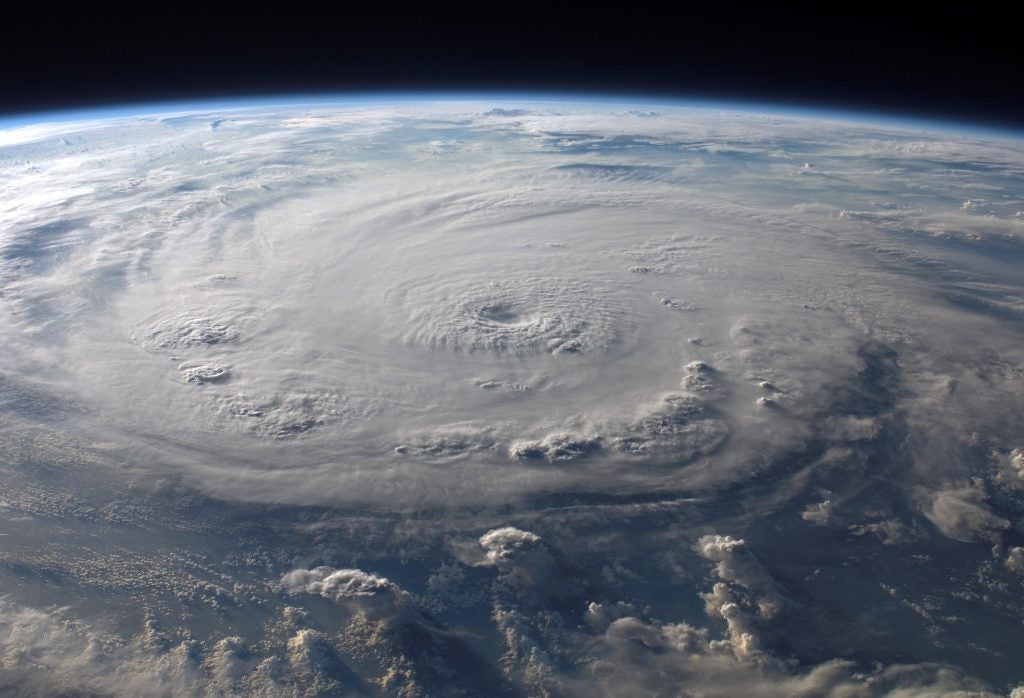With a rapidly changing climate and more frequent extreme events like floods and droughts, comprehensive environmental monitoring will be increasingly important for coastal planners, farmers and others invested in natural resource management.
Monitoring efforts can cover the whole spectrum of environmental and socioeconomic concerns to provide a holistic picture of ecosystem health over the short- and long-term. This can help to inform future decisions and planning based on the most recent conditions and trends.
However, it can be difficult to coordinate monitoring efforts across political boundaries and agencies, and monitoring is expensive to maintain over time.
Luckily, Louisiana is already a world leader in utilizing collaborative monitoring data to inform coastal restoration and planning efforts. Read More















